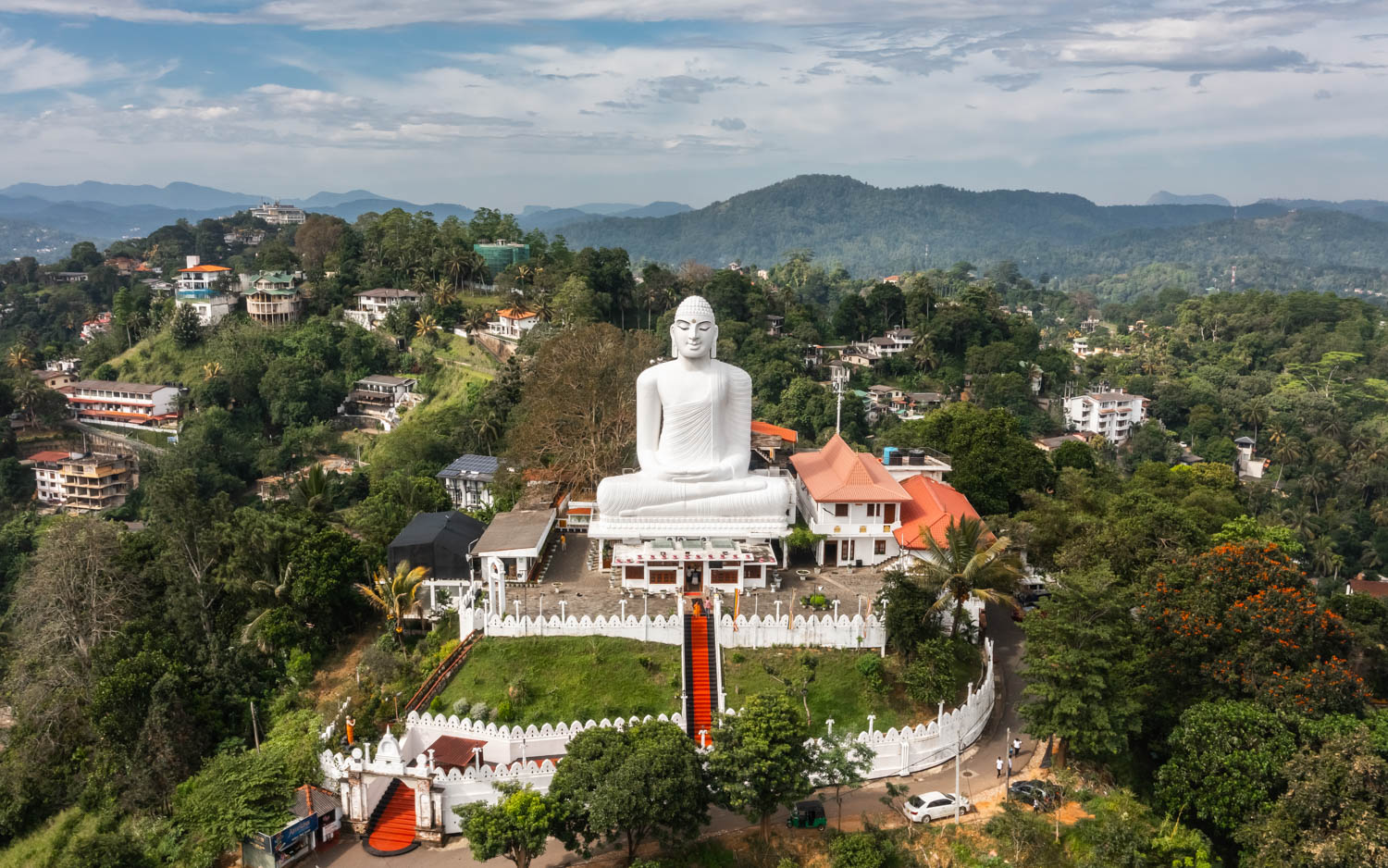
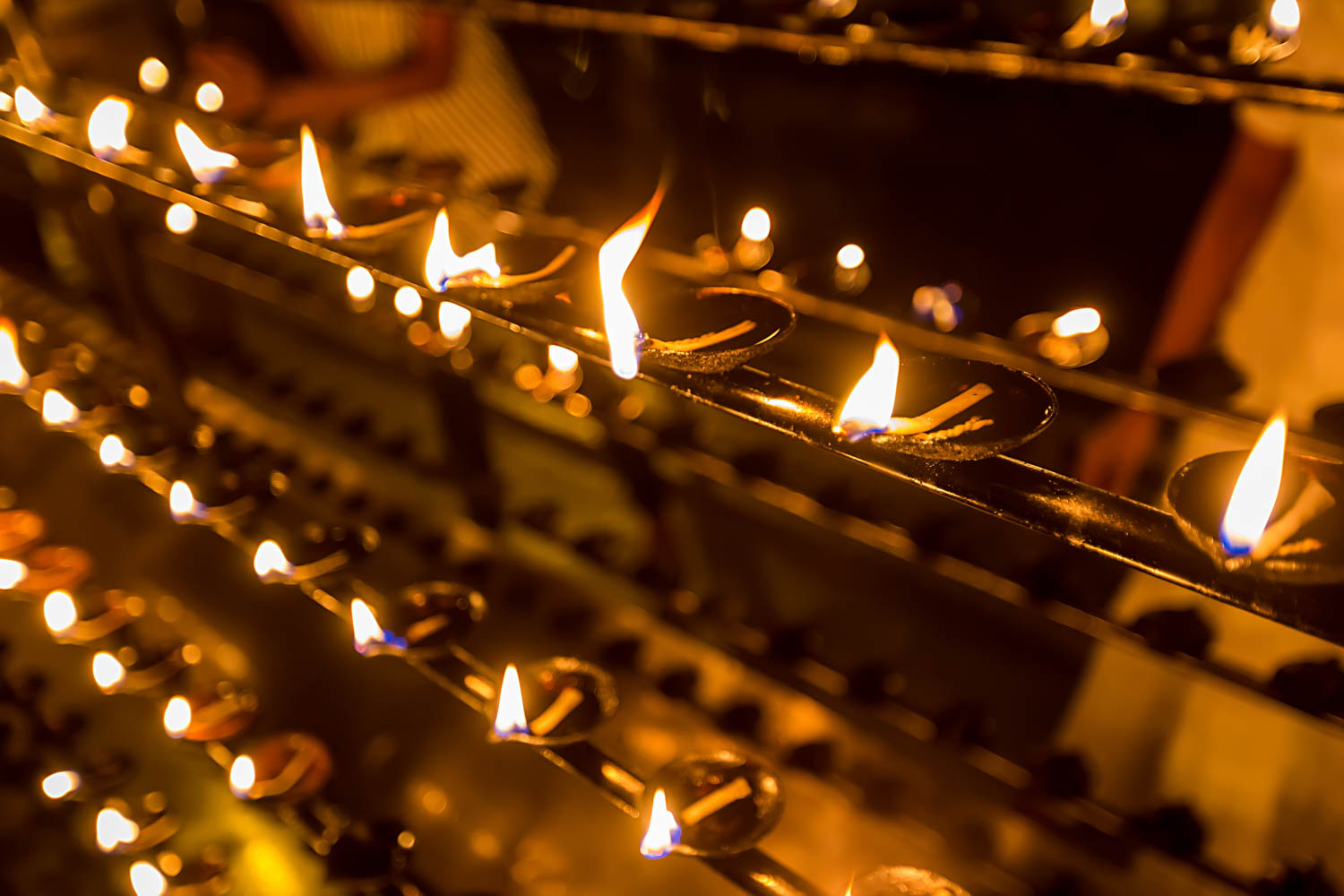
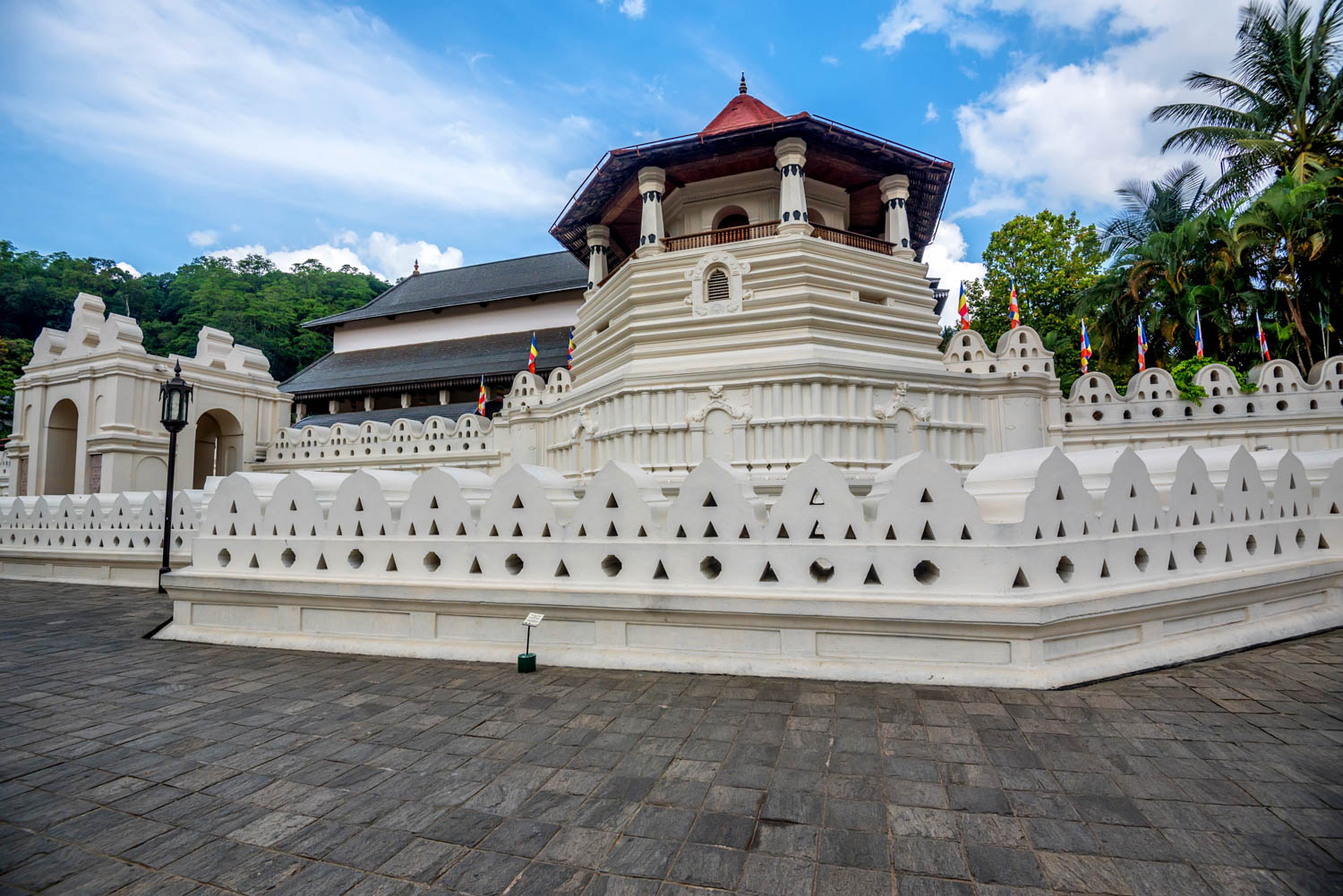
.jpg)
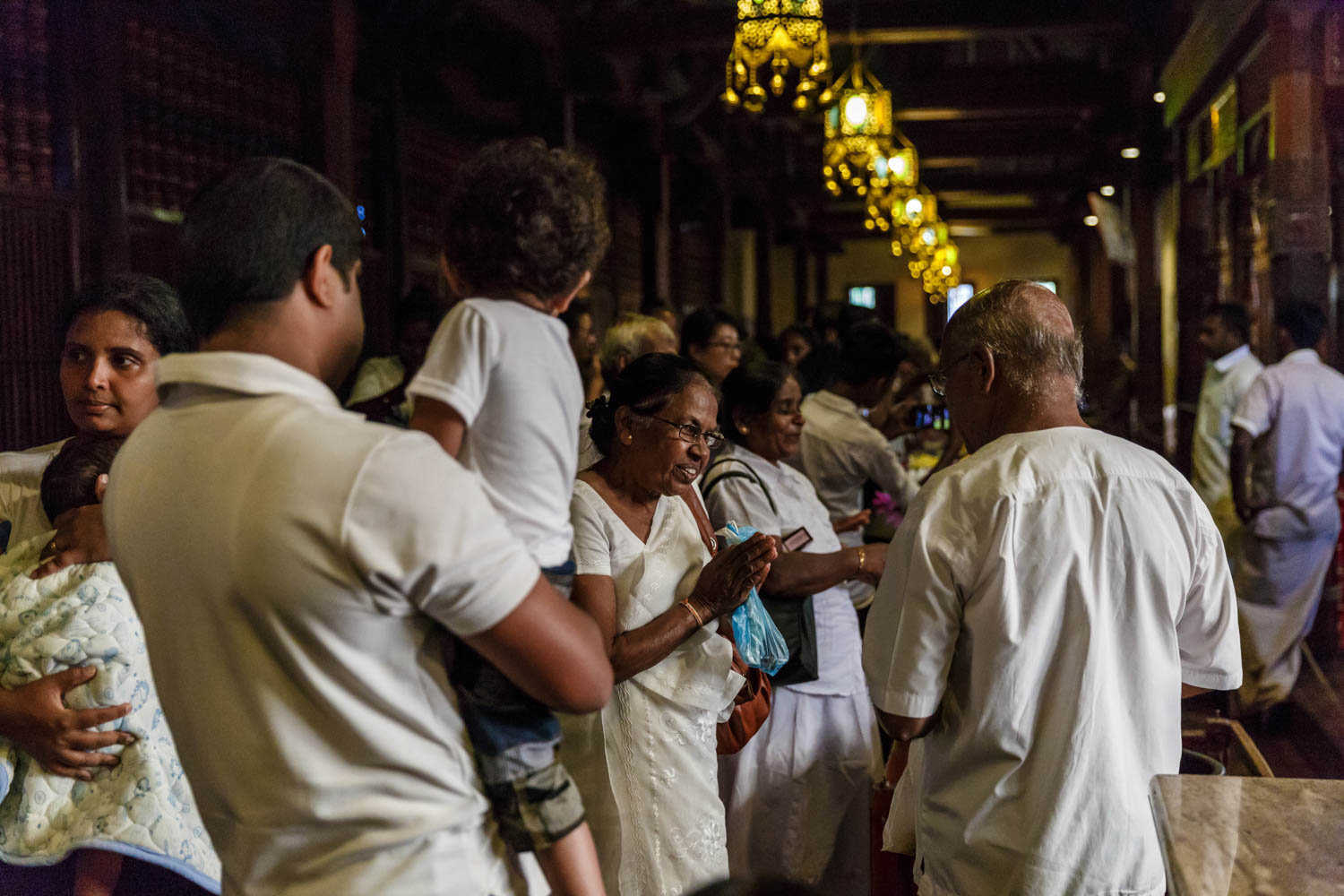
at a Glance.
Location
Kandy, Central Province, Sri Lanka, situated in the central highlands and surrounded by lush hill country
Best for
Pilgrims, culture seekers, history lovers, spiritual travelers, and those interested in Sri Lanka’s rich heritage
Known For
Exquisite Kandyan Architecture, Esala Perahera festival, proximity to Kandy city centre and Kandy Lake, Daily pujas,
Getting there
Key Highlights
16th century CE during the Sinhalese monarchy period, with origins tracing back to the 4th century relic arrival, Home of the Sacred Tooth Relic of the Buddha, which houses the left canine tooth of Gautama Buddha, a symbol of sovereignty and spiritual devotion
Fun facts
The temple is not only a religious center but also a political symbol—traditionally, whoever safeguarded the sacred tooth relic was considered the rightful ruler of Sri Lanka. Central to Theravāda Buddhism, a UNESCO World Heritage Site since 1988, and a prime symbol of Sri Lankan identity and independence from colonial rule
Why Visit the Temple of the Tooth in Kandy Sri Lanka?
The Temple of the Tooth in Kandy Sri Lanka, also known as Sri Dalada Maligawa, is one of the most revered Buddhist sites globally. Located in the heart of Kandy, the country’s cultural capital, the temple houses the sacred left canine tooth of Gautama Buddha. This relic is enshrined in a jewel-studded golden casket within the temple’s inner sanctum, drawing thousands of pilgrims and tourists annually.
This temple is not only a spiritual sanctuary but also a historical monument reflecting Sri Lanka’s resilience during the colonial era, having survived Portuguese, Dutch, and British attempts to seize or destroy it. The temple complex, including the adjacent Royal Palace and the artificial lake known as Kandy Lake, forms a UNESCO World Heritage Site, symbolizing the island’s rich Buddhist heritage and cultural pride.
Visitors to the temple experience a unique blend of Buddhist temples’ spiritual aura, intricate carvings, and traditional Kandyan architecture, characterized by its golden canopy, ornate wooden work, and serene lotus pond gardens. The temple is a focal point for Sri Lanka’s ethnic groups and religious communities, representing unity and cultural identity.
History of the Sacred Tooth Relic
The sacred tooth relic is believed to have been brought to Sri Lanka in the 4th century CE by Princess Hemamali and Prince Dantha, who smuggled it from India hidden in her hair to protect it from invaders. Since then, the relic has been a potent symbol of sovereignty and religious devotion, with rulers believing possession of the tooth granted the divine right to rule.
The current temple structure was built during the reign of King Vimaladharmasuriya I (1592–1604) in the hill country of Kandy, then the last stronghold of the Sinhalese monarchy before British rule. Over the centuries, the temple has undergone renovations and expansions, reflecting a blend of Kandyan and South Indian architectural styles, with its white stone walls and golden roofs standing as a testament to Sri Lanka’s artistic heritage.
The temple’s political significance is profound; historically, whoever controlled the relic controlled the island. During British rule, the temple remained a symbol of resistance and national identity, helping preserve Sri Lanka’s independence spirit until the country’s full sovereignty in the 20th century.
Photo by UGA Chena Huts

Photo by UGA Chena Huts

Architecture & Highlights
The temple complex is a masterpiece of spiritual and artistic design:
- Golden Canopy – The shimmering roof over the main shrine where the relic is enshrined.
- Octagon (Pattirippuwa) – Originally a royal audience hall, now housing a library of ancient palm-leaf manuscripts in Pali language.
- Audience Hall & Alut Maligawa – Decorated with intricate Kandyan carvings and vivid paintings depicting Buddhist lore.
- Kandyan Museum – Showcases artifacts from the royal era, offering insights into the temple’s historical and cultural significance.
- Kiri Muhuda (The Sea of Milk) – The tranquil moat and lotus pond surrounding the temple complex, adding to its serene atmosphere.
The temple’s architecture reflects the fusion of local traditions and external influences, symbolizing Sri Lanka’s rich cultural tapestry.
Esala Perahera Festival
The Esala Perahera is one of Asia’s most spectacular cultural and religious festivals, held annually in July or August in Kandy. This 10-day event honors the sacred tooth relic with a grand procession featuring:
- Hundreds of drummers, dancers, fire performers, and caparisoned elephants adorned in vibrant costumes.
- The relic’s golden casket is paraded atop the main tusker elephant, symbolizing the spiritual heart of the festival.
- Thousands of pilgrims and tourists flock to Kandy, turning the city centre into a vibrant celebration of Sri Lankan culture and Buddhist devotion.
This festival is a unique opportunity to witness Sri Lanka’s rich cultural capital in full festive glory, combining religious reverence with dazzling performances.
Rituals & Daily Pujas
The temple offers visitors the chance to witness three daily pujas (offerings), integral to the spiritual rhythm of the site:
- Morning Ceremony (Dawn) – The day begins with chanting and traditional drumming, welcoming devotees and pilgrims.
- Noon Ceremony – Midday offerings bring a lively atmosphere with prayers and ritualistic music.
- Evening Ceremony (6:30 PM) – The most popular and atmospheric puja, featuring oil lamps, chanting, and the opportunity to view the golden casket housing the relic.
During these ceremonies, the temple’s sacred ambiance is heightened by the scent of incense and the rhythmic beats of drums, immersing visitors in centuries-old Buddhist traditions.
👉 Important: The sacred tooth relic itself is never displayed publicly; instead, it is kept in a heavily guarded golden casket within the main shrine.
Visiting the Temple of the Tooth
🕰 Opening Hours: 5:30 AM – 8:00 PM daily, with puja ceremonies at dawn, noon, and evening
💰 Entrance Fee: Approximately LKR 1,500–2,000 for foreign visitors; Sri Lankan citizens enter free or at reduced rates. Photography requires an additional fee.
👗 Dress Code: Modest attire is mandatory—shoulders and knees must be covered. Visitors must remove shoes before entering the temple, and sarongs are available for rent at the main entrance if needed.
📸 Photography: Allowed in certain areas but prohibited during puja ceremonies and inside the inner sanctum to maintain sanctity.
👉 Pro Tip: Attend the evening puja for a deeply atmospheric and spiritual experience.
Photo by UGA Chena Huts

Photo by UGA Chena Huts
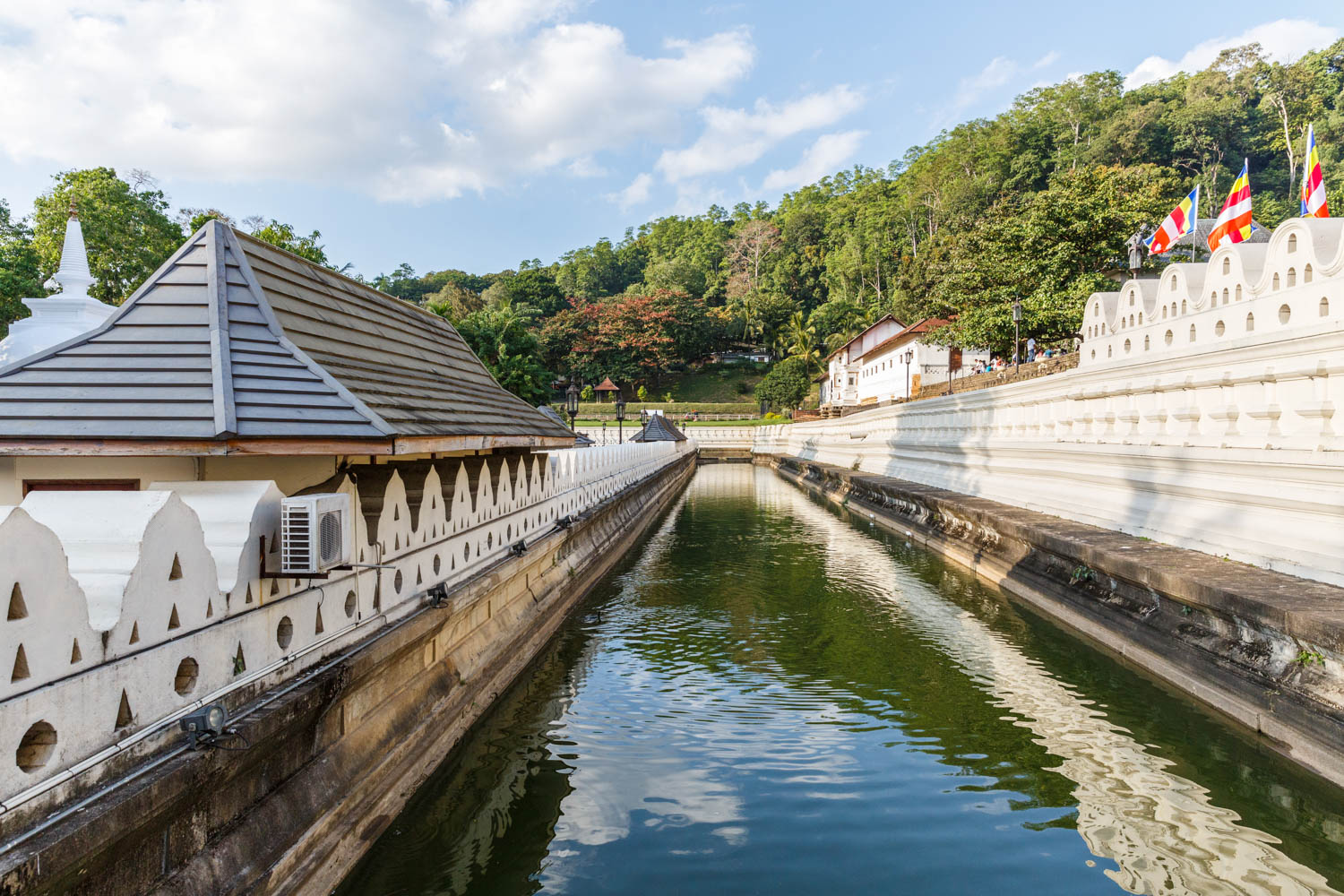
what
to see.
From Historical sites to Tea Estates, From Wildlife to Surfing
Explore our guides to top Attractions in Sri lanka
Where to Stay in Kandy
- Budget: Guesthouses and homestays near Kandy city centre and Kandy Lake offer affordable options.
- Mid-Range: Hotels such as Thilanka Hotel and Queens Hotel blend colonial era charm with modern comforts.
- Luxury: Earl’s Regency, The Radh Hotel, and Mahaweli Reach Hotel provide premium amenities and stunning views of the hill country.
Explore our Hotel Partners
Attractions Near the Temple of the Tooth
- Kandy Lake (Kiri Muhuda) – An artificial lake adjacent to the temple, perfect for peaceful walks and enjoying the cooler climate of the central highlands.
- Royal Palace of Kandy – Historic residence of the last king, located beside the temple, showcasing colonial era and traditional architecture.
- Udawattekele Forest Reserve – An urban forest sanctuary behind the temple, rich in biodiversity and ideal for nature walks.
- Bahirawakanda Vihara Buddha Statue – A towering Buddha statue overlooking the city, offering panoramic views of Kandy.
- Royal Botanic Gardens – Located a short distance away in Peradeniya, these expansive gardens feature tropical plants, rare orchids, and towering palms.
-2.jpg)
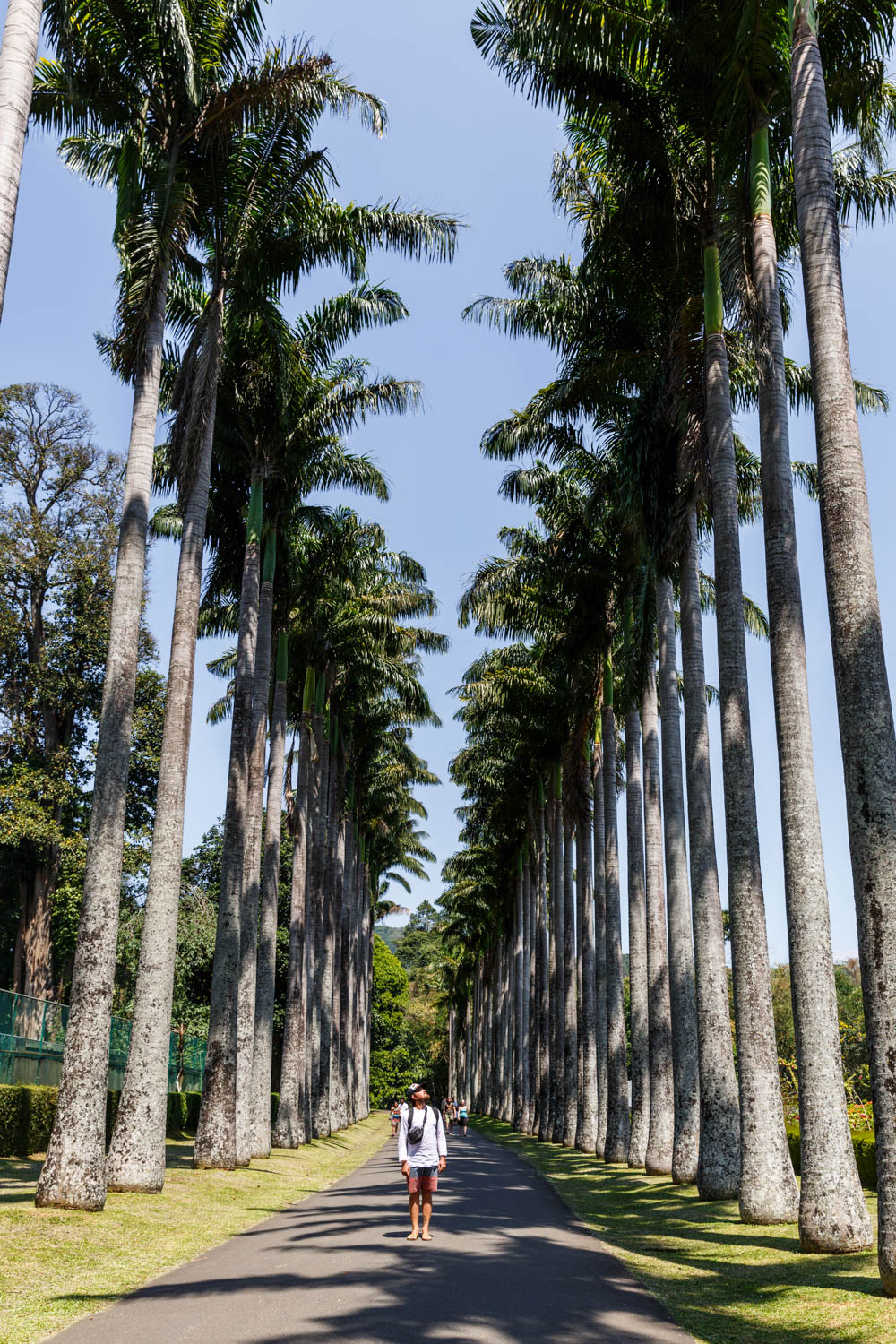
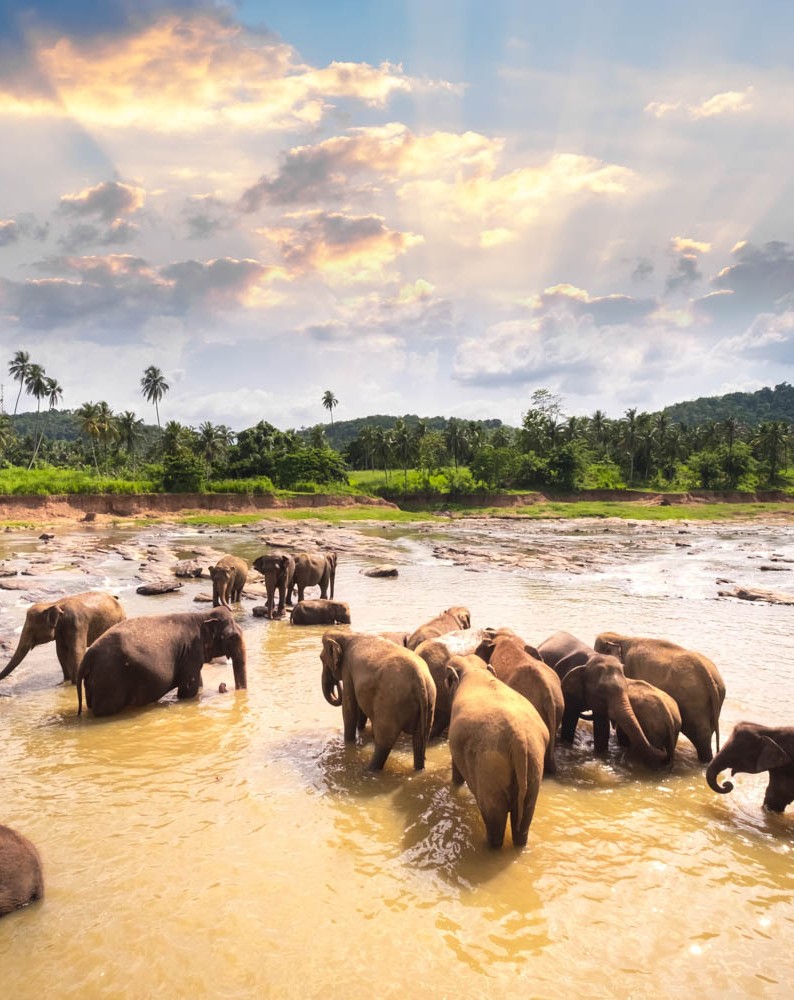
Best Time to Visit
- July–August: Experience the vibrant Esala Perahera festival (book accommodation early).
- December–April: The dry season offers ideal weather for sightseeing in the tropical climate of Kandy.
- May–October: Monsoon season brings rain and fewer crowds, with the region experiences heavy showers especially in the north and hill areas.
Photo by UGA Chena Huts
.jpg)
Photo by UGA Chena Huts

Travel Tips
✔️ Combine your visit with other Cultural Triangle sites like Anuradhapura, Polonnaruwa, and Sigiriya.
✔️ Hire a local guide to gain deeper insights into the temple’s history and rituals.
✔️ Arrive early to avoid crowds during puja times.
✔️ Respect temple etiquette—remove shoes, cover shoulders and knees, and avoid hats inside.
✔️ Consider a scenic train ride from Colombo to Kandy to enjoy breathtaking views of the tea plantations and hill country.
Got Questions? We Have Answers
It houses the Sacred Tooth Relic of Gautama Buddha, one of Buddhism’s most revered relics and a symbol of Sri Lanka’s sovereignty.
No, the relic is kept inside a heavily guarded golden casket. Visitors witness it indirectly during puja ceremonies.
The evening puja or during the Esala Perahera festival in July–August.
Yes, it is part of the UNESCO-listed Sacred City of Kandy, designated in 1988.
1–2 hours for the temple itself; half a day if exploring the nearby palace, lake, and Udawattakele Forest Reserve.
1–2 hours for the temple itself; half a day if exploring the nearby palace, lake, and Udawattakele Forest Reserve.
1–2 hours for the temple itself; half a day if exploring the nearby palace, lake, and Udawattakele Forest Reserve.
Conclusion
The Temple of the Tooth in Kandy is far more than a religious monument; it is a living symbol of Sri Lanka’s ancient times, cultural resilience, and Buddhist faith. From its daily rituals to the grand Esala Perahera, it offers travelers a unique blend of spiritual devotion and rich cultural heritage. Visiting this UNESCO World Heritage Site is essential for anyone seeking to understand the heart of Theravāda Buddhism and the soul of Sri Lanka.
Experience the sacred atmosphere, admire the stunning Kandyan architecture, and pay homage to a relic that has shaped the island’s history for over a millennium. The Temple of the Tooth remains a beacon of faith, culture, and unity in the central highlands of Sri Lanka.
Explore
our
trips.
Whether you're looking for a Luxury holiday, a family vacation, or a perfect hideout for your honeymoon, we've got you covered.
where
to go.
Discover why Sri Lanka is the Pearl of Indian Ocean, a year round destination and perfect for everyone.
Faq
Questions about Sri Lanka travel?
We’ve got you covered.
Are your tours private?
Yes! Our tours are always private. You won’t share guides, vehicles, or experiences with strangers unless you choose to.
Can I combine luxury with family travel?
Definitely! Many of our clients are families who want both comfort and unforgettable memories. We can design kid-friendly luxury that delights every age.
How far in advance should I book a trip?
For a well planned holiday experience we recommend at least 6–8 weeks in advance, but we can also accommodate last-minute requests when possible.
Do you only focus on Sri Lanka?
For now, yes! We believe in offering deep, meaningful expertise in one destination before expanding elsewhere. Sri Lanka is our home, and we know it inside out.
Can I trust booking with a smaller company like yours?
Absolutely. Our strength is in our personalized service, trusted local partners, and the fact that we treat every trip as if it were our own. That’s why families and luxury travelers choose us again and again.

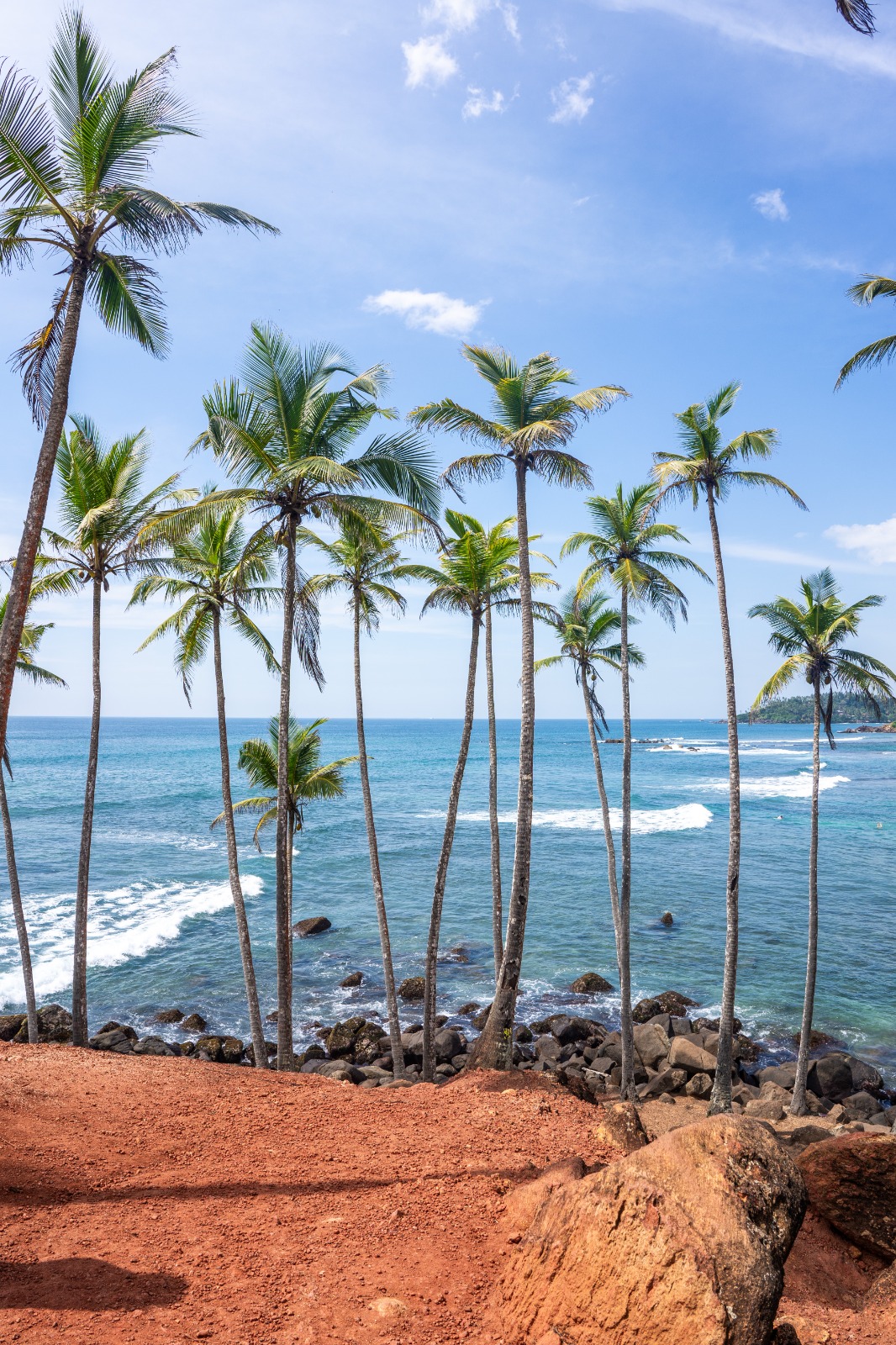
%201.jpg)
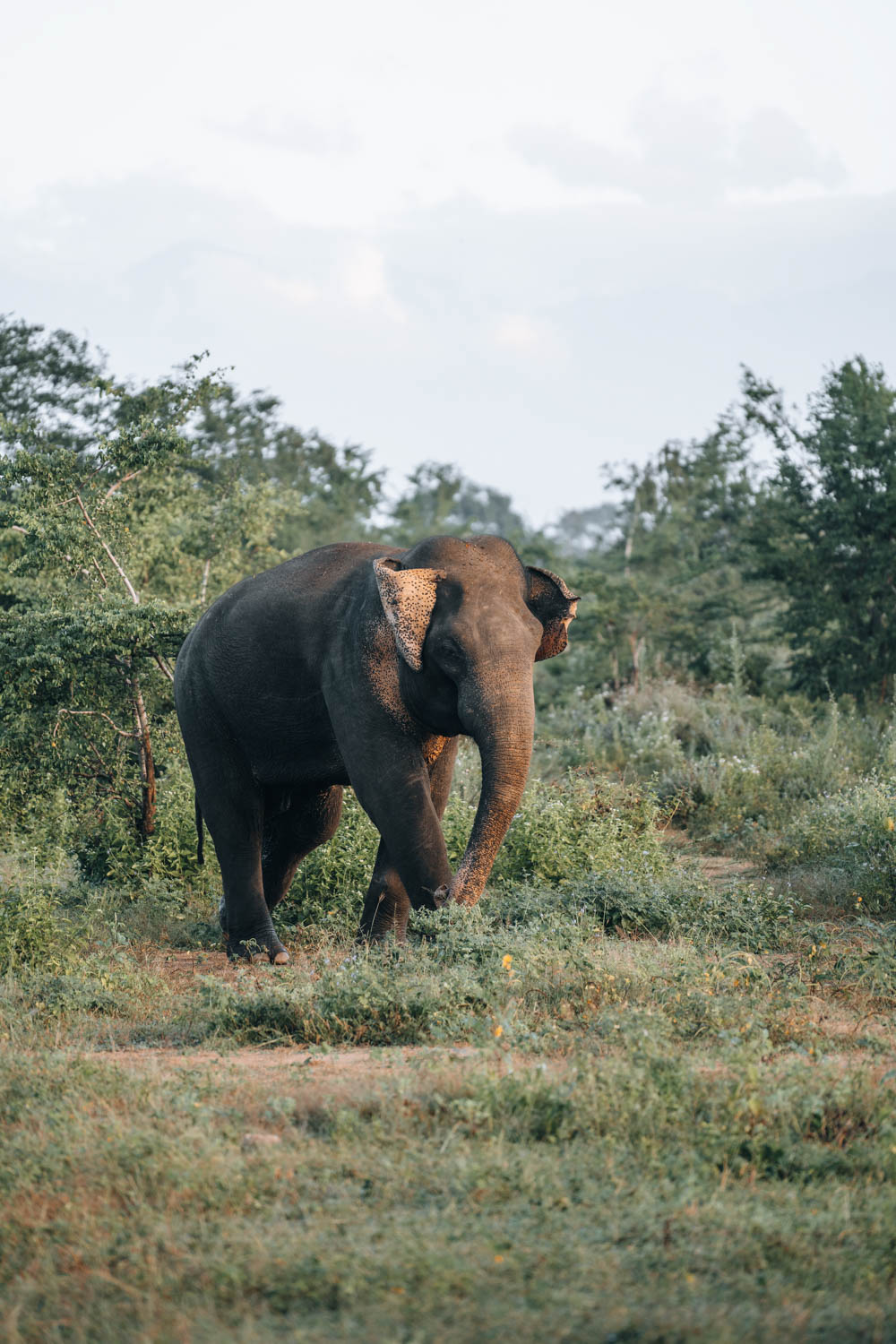
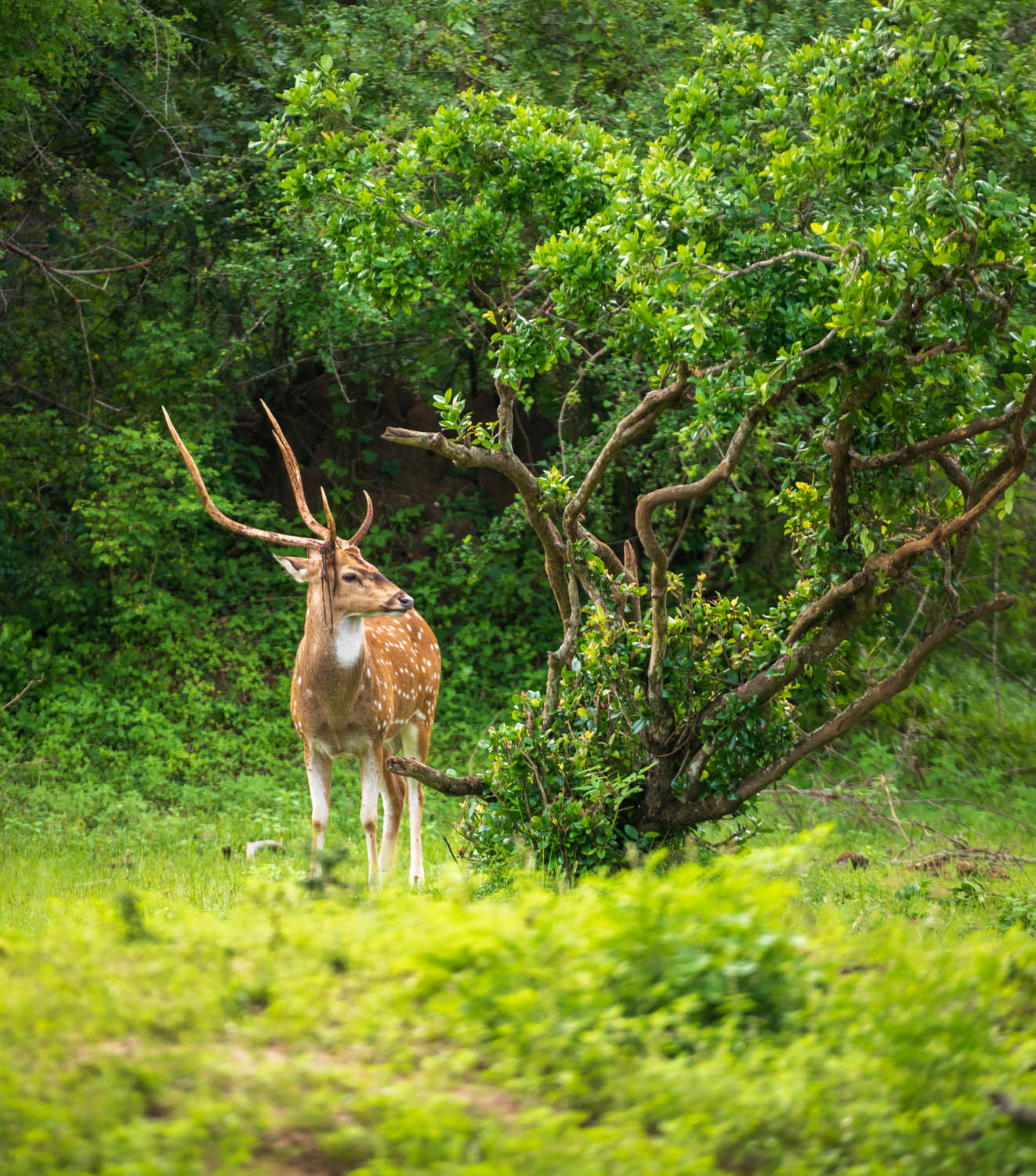
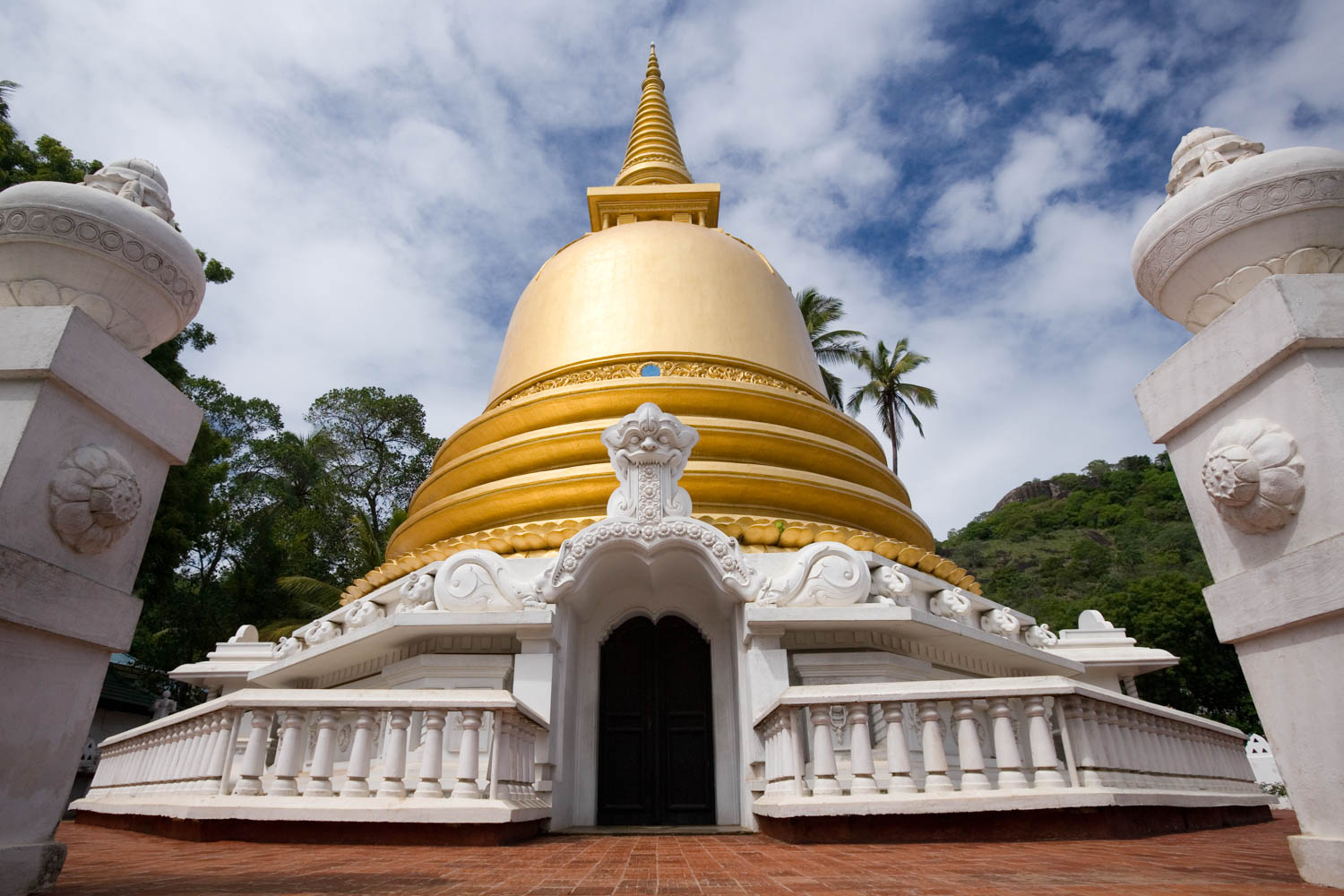
.jpeg)
.jpeg)
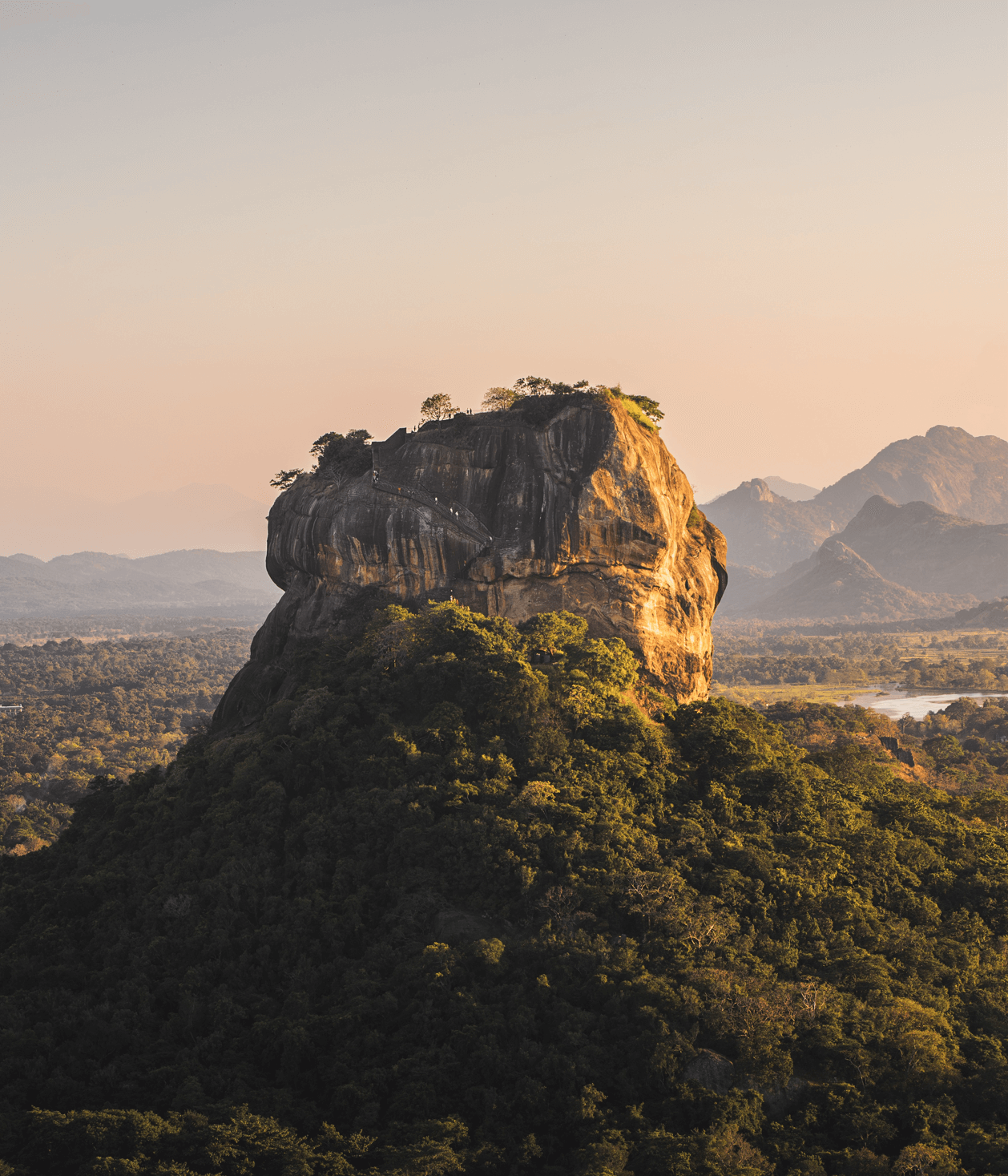
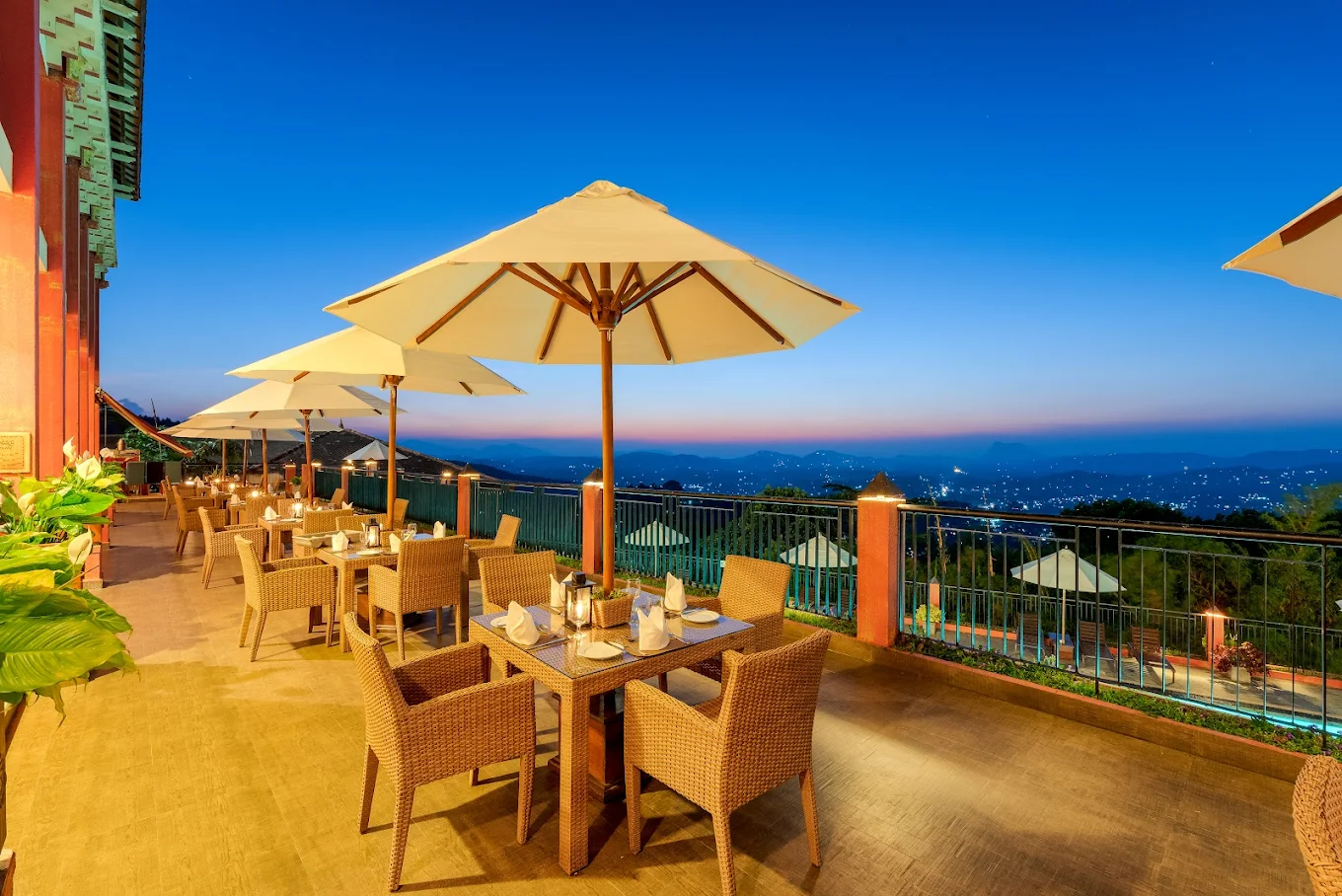
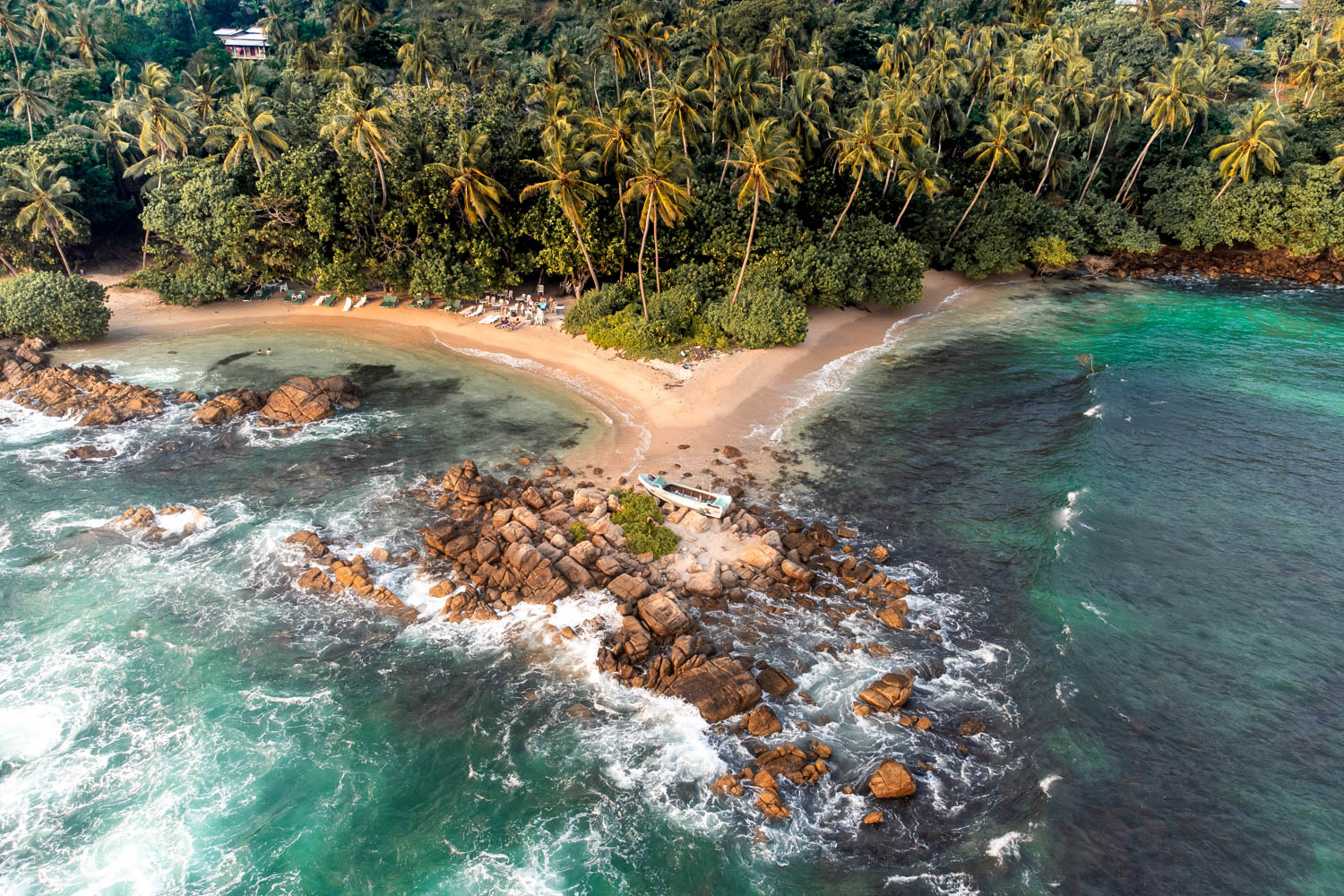
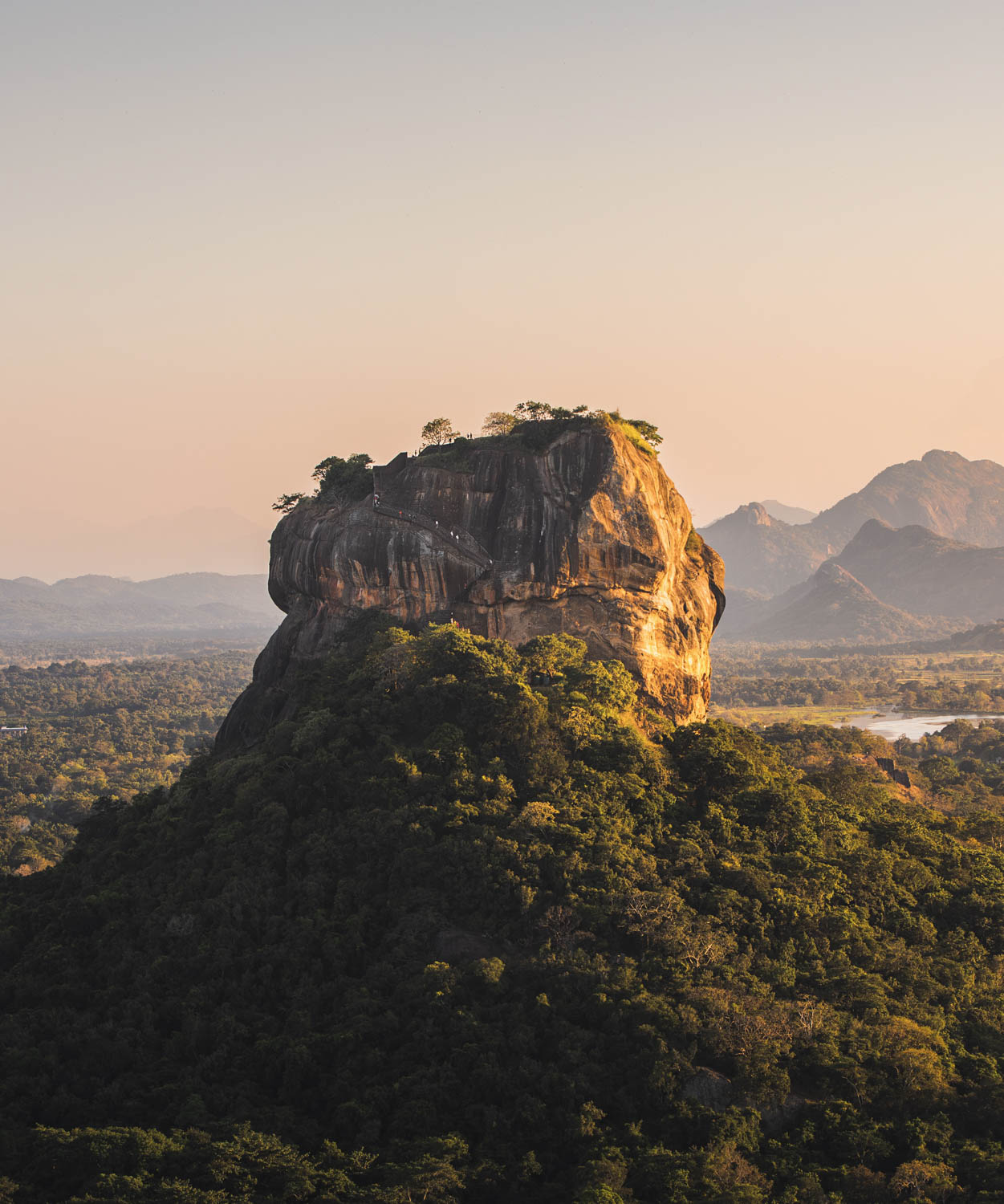

.jpeg)

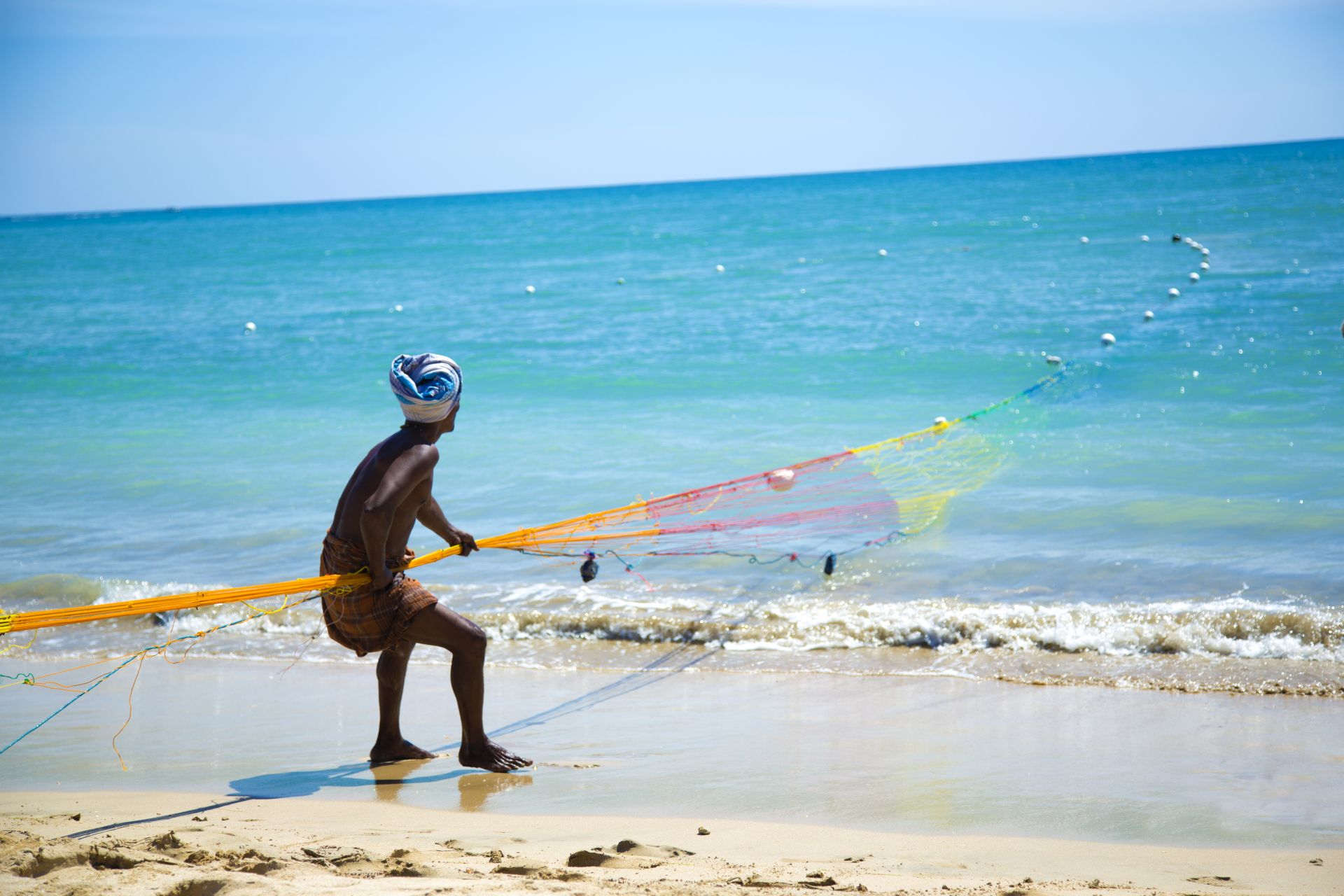

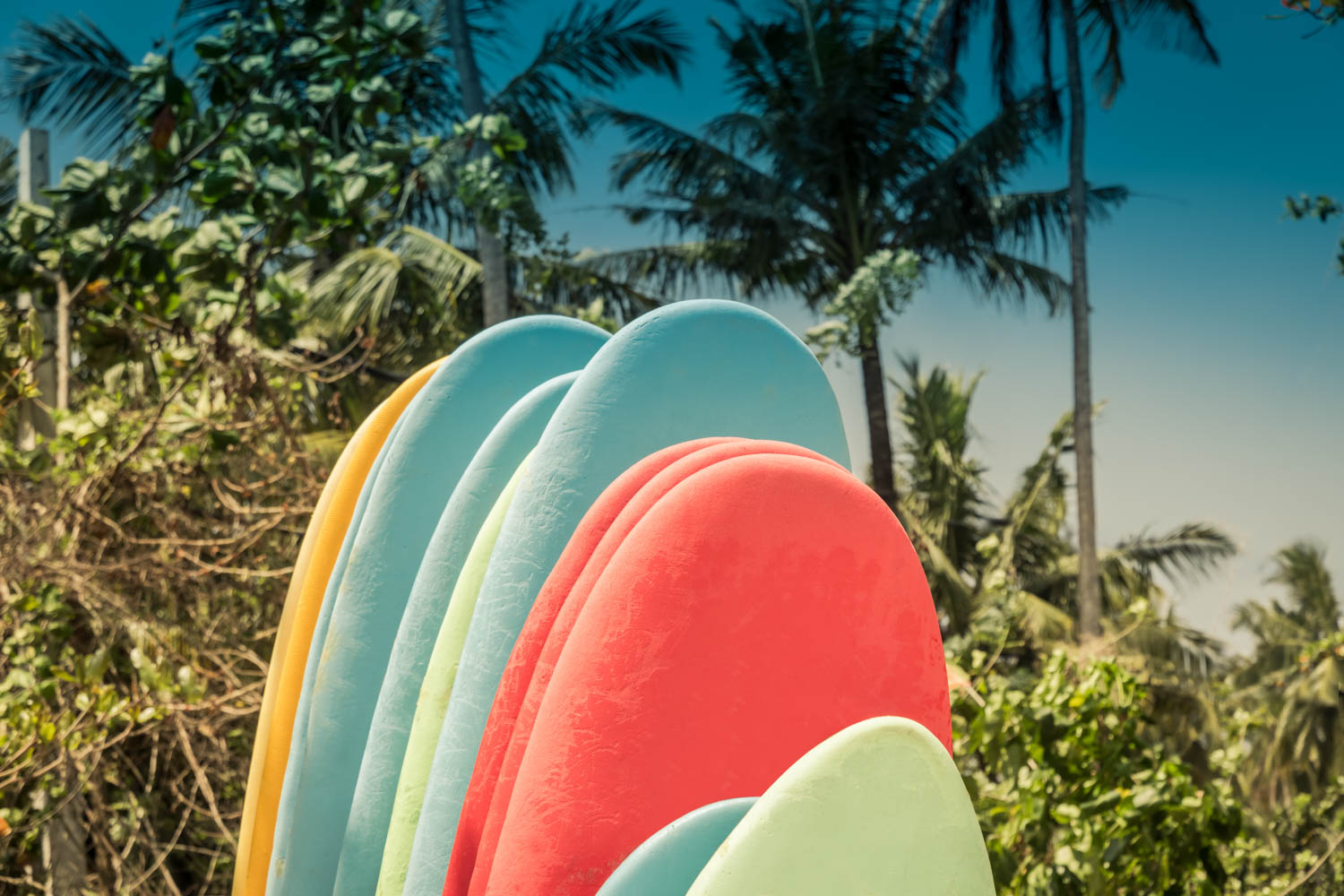

.jpg)
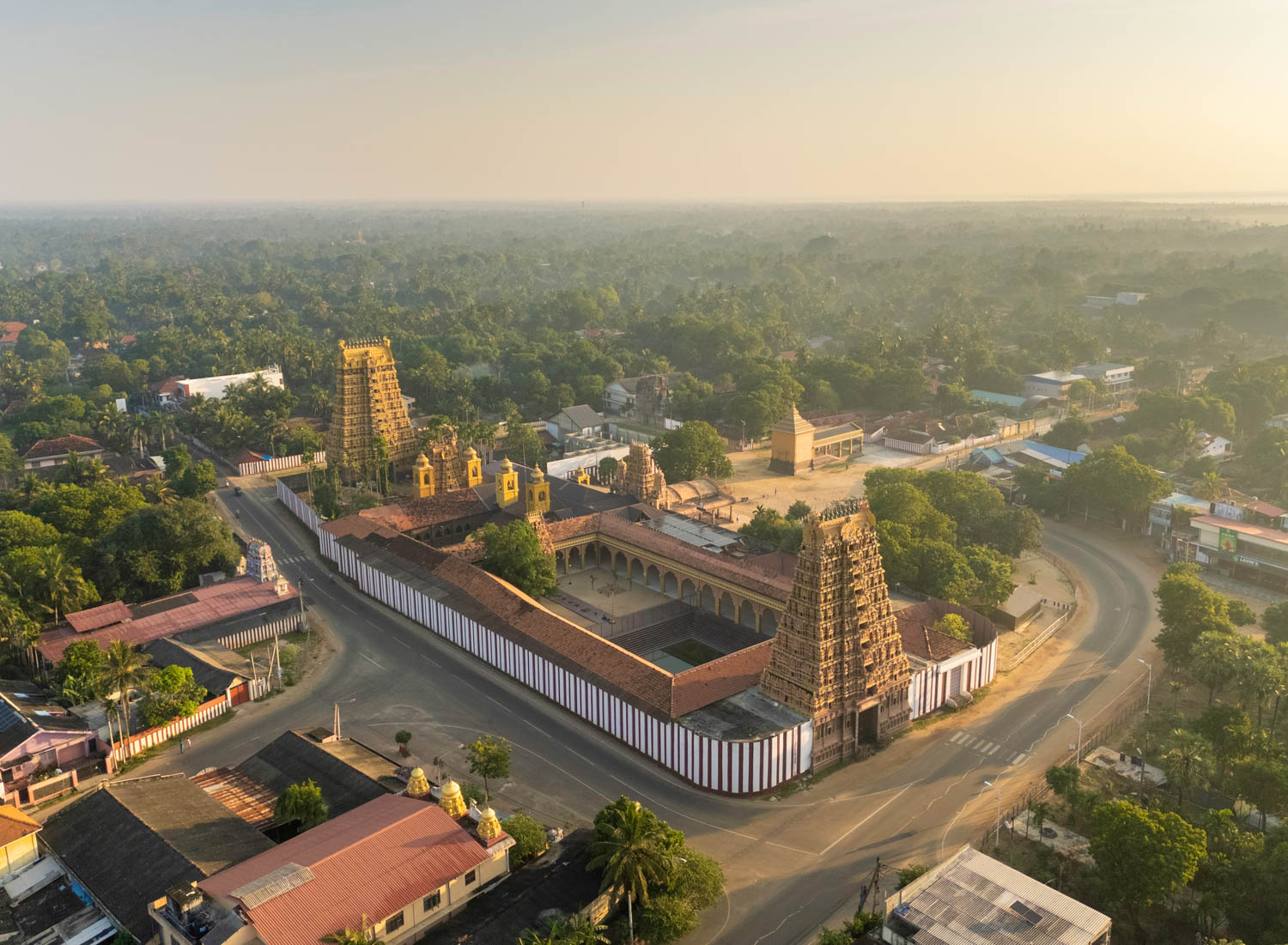
.jpeg)
-2.jpg)
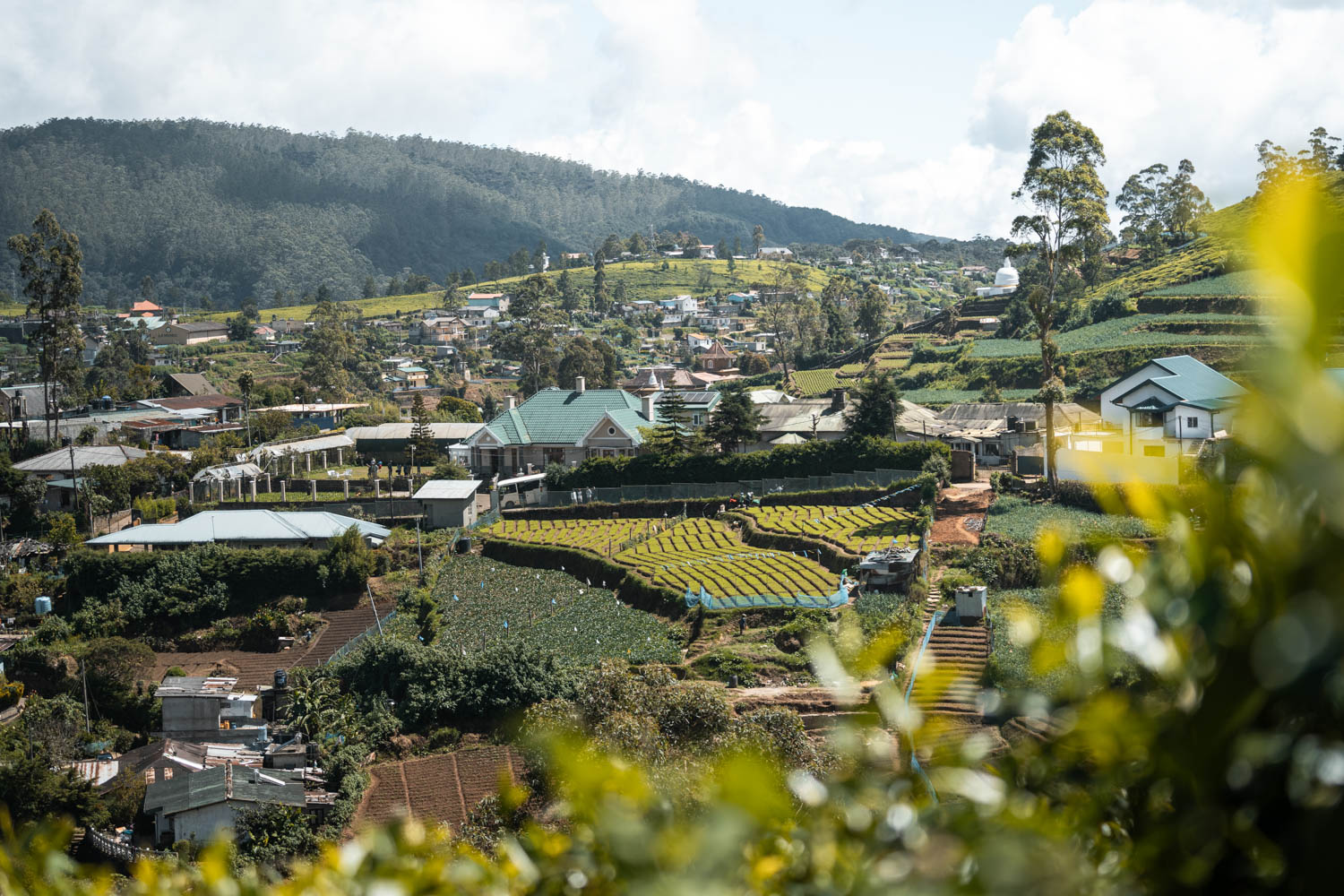
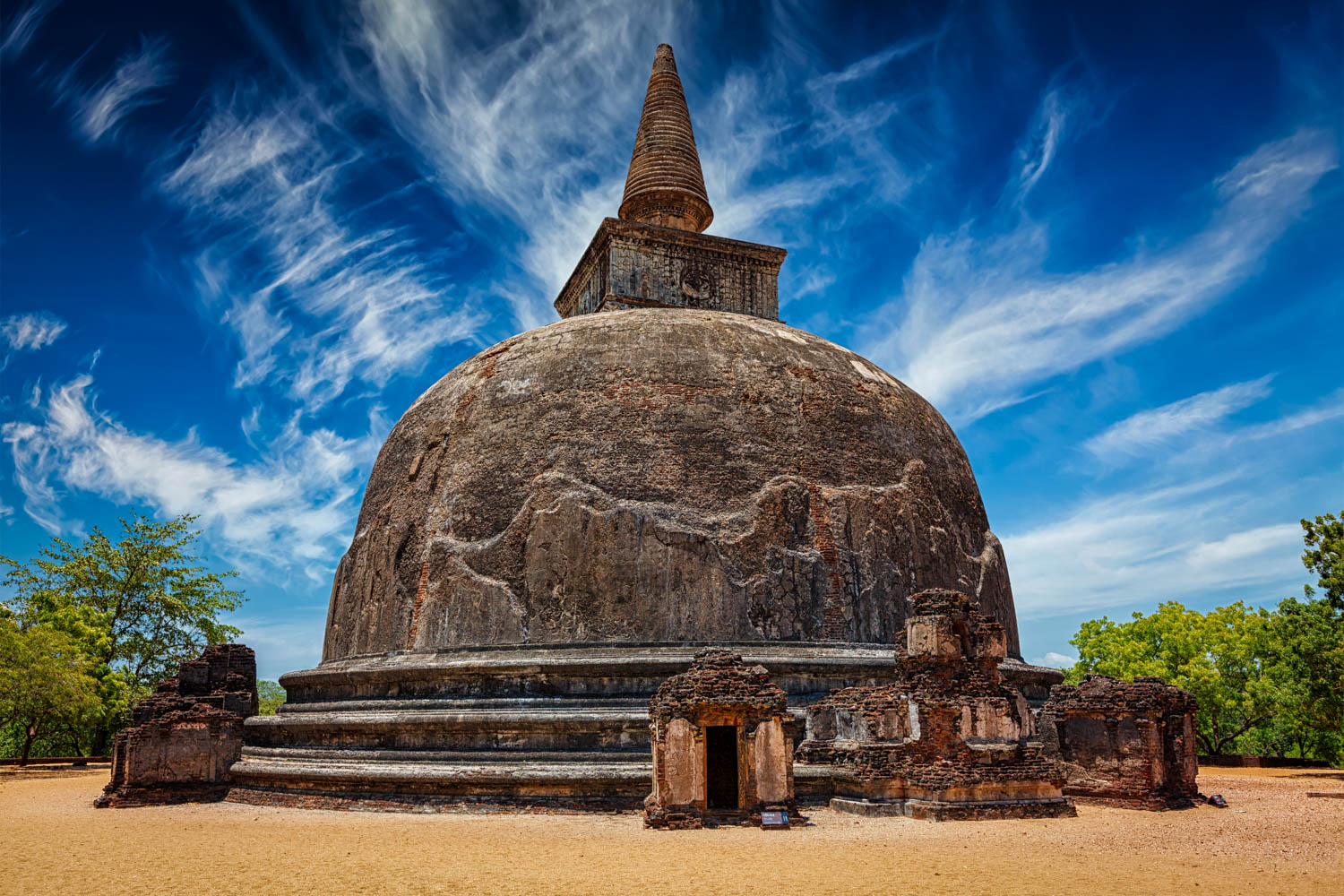
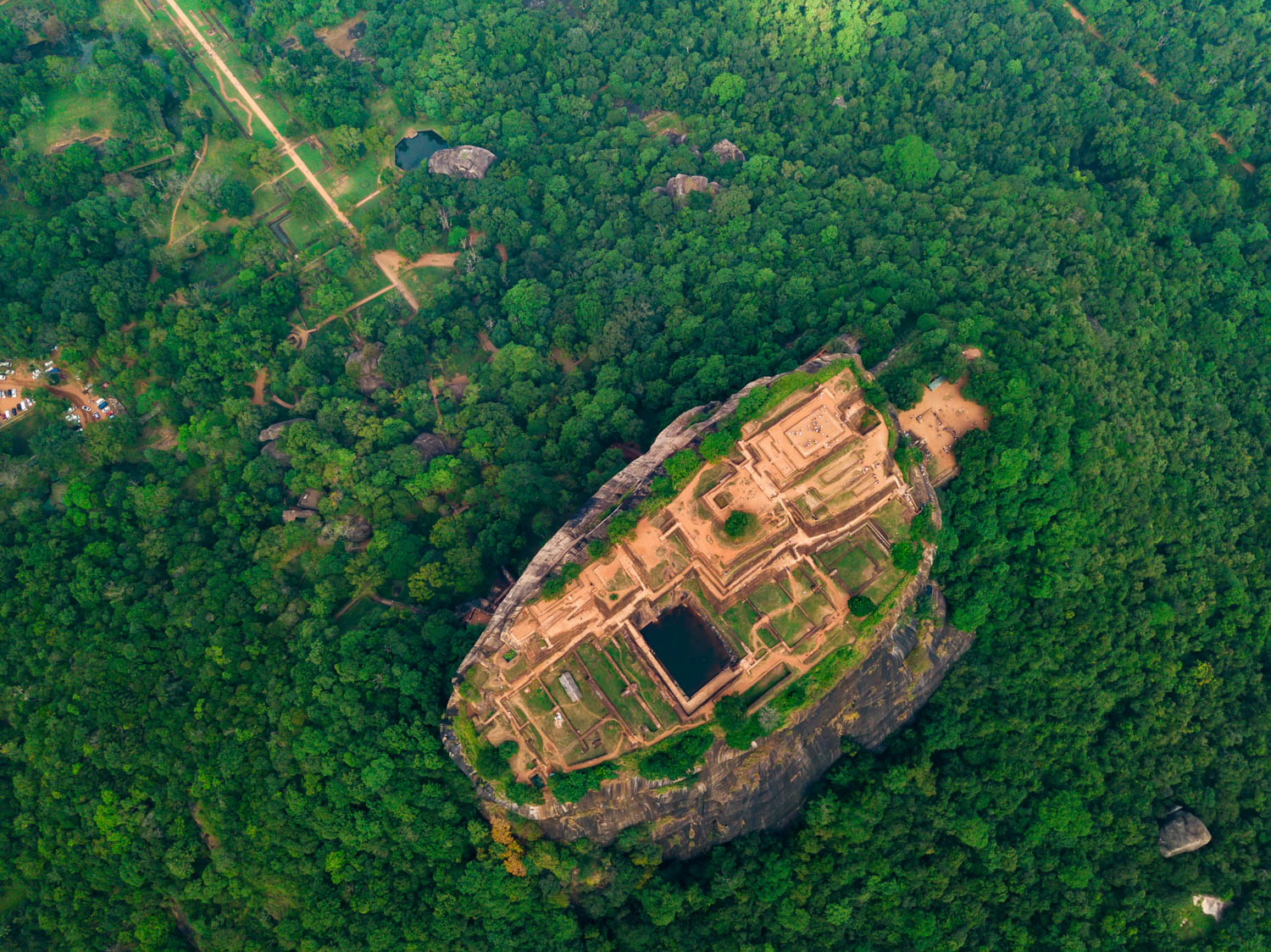
.jpeg)


